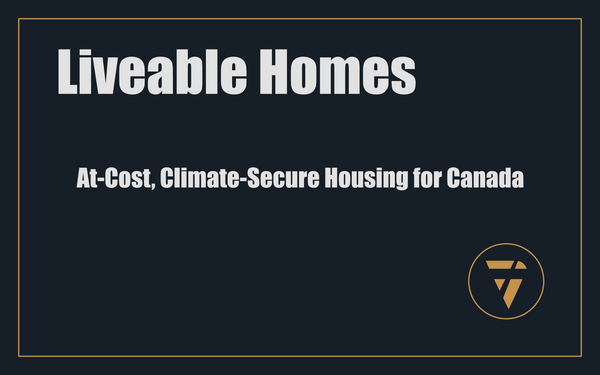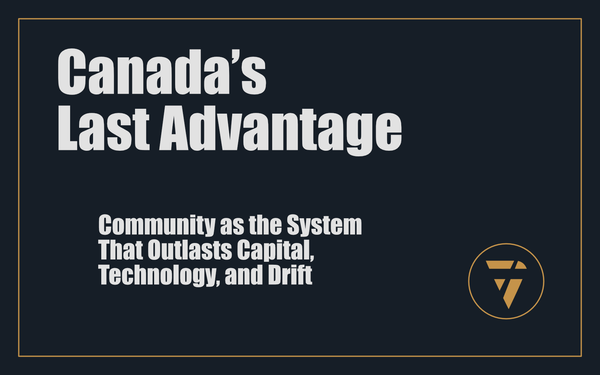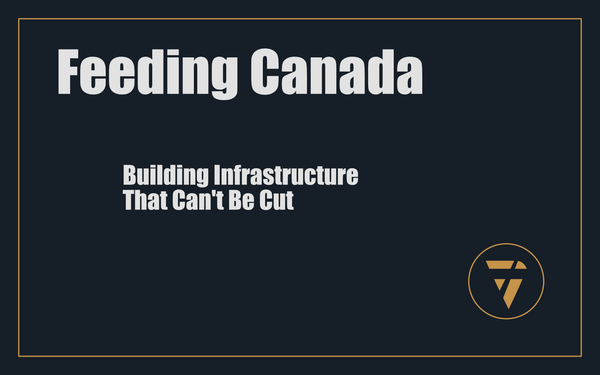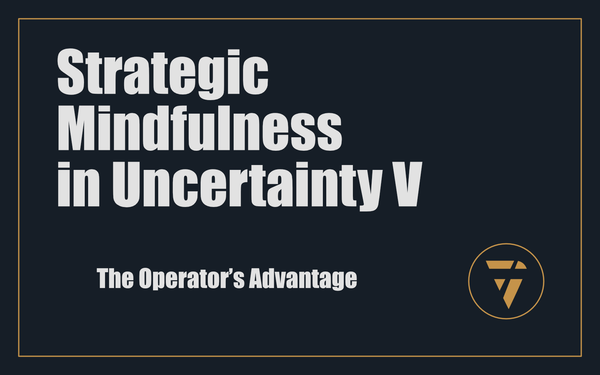Mechanical vs Passive
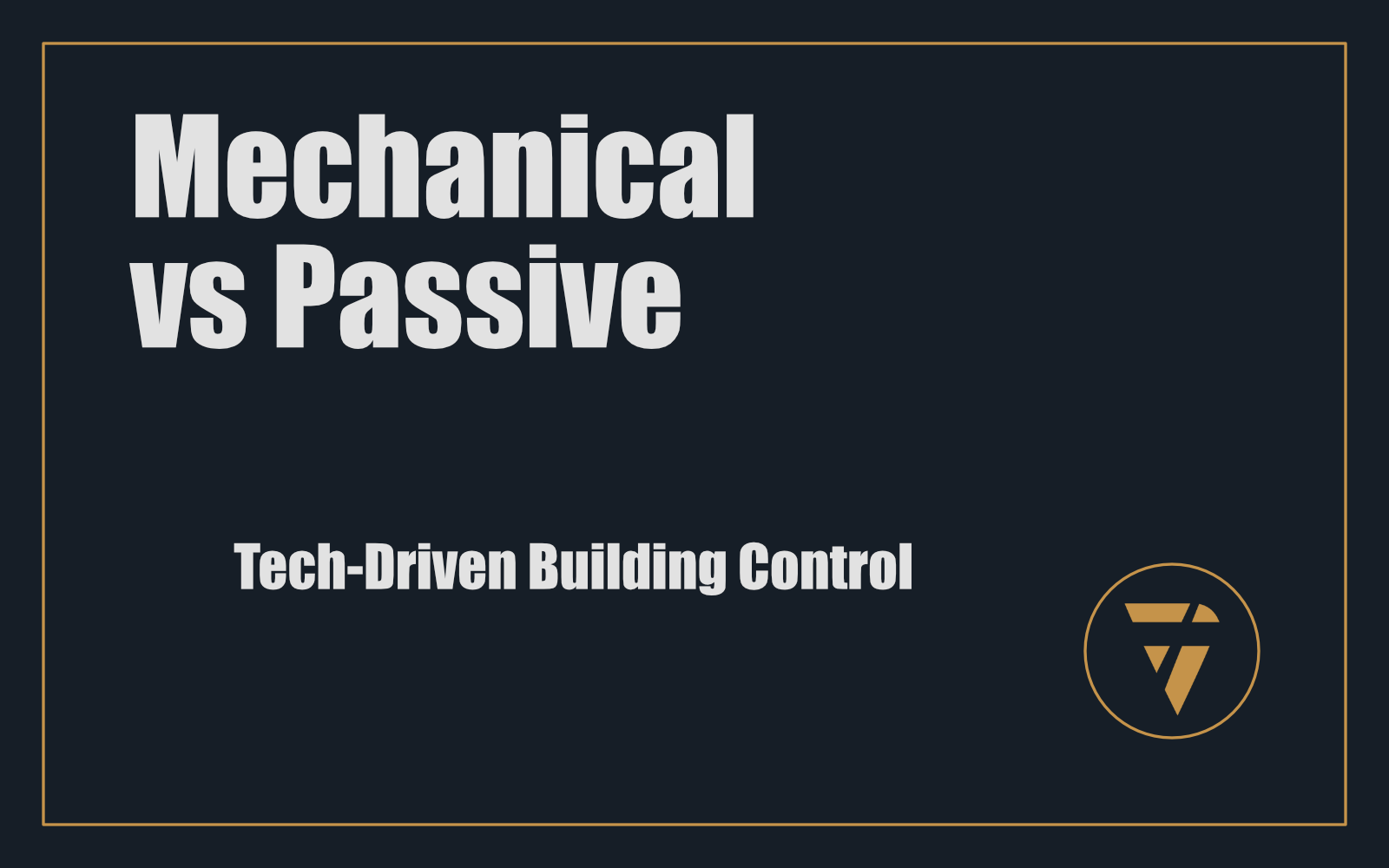
Tech‑Driven Building Control
Passive design gives you insulation, shading, thermal mass—the physical barriers against climate. But to navigate real-world complexity—changing weather, occupant needs, performance drift—you need dynamic systems. Sensors, predictive controls, air modulation: a building that listens, learns, and adapts.
Passive is foundation; intelligence is autonomy.
1. Why Passive Alone Isn’t Enough
Even the best insulated, airtight envelope has limits. Internal heat gains, humidity from occupants and cooking, stagnant air during lockdowns or grid loss—these can degrade indoor comfort and air quality quickly. Adaptive systems are required to optimize environmental conditions in real time, without running power-hungry equipment constantly.
2. What Intelligent HVAC Means
- Smart sensors detect temperature, CO₂, humidity, and occupancy.
- Model Predictive Control (MPC) simulates building thermal behaviour and weather forecasts; optimizes operations ahead of time.
- Occupant-centric algorithms adjust conditions for comfort while limiting energy.
- Fault-tolerant frameworks mitigate sensor/drift errors and ensure safety.
This turns HVAC into a living, responsive system—not a set-it-and-forget-it blind box.
3. Sensor Networks — Eyes and Ears
- Wireless, battery-powered sensors monitor environment and detect occupancy.
- FlowSense uses audio in vents to measure airflow without intrusive hardware.
- CO₂ feedback enables demand-controlled ventilation—automatically reducing air changes when unoccupied and boosting when needed.
Outcome: air quality becomes responsive; energy waste vanishes.
4. Predictive Comfort Through Modeling
MPC systems blend occupancy patterns, envelope dynamics, and forecasts (weather, electricity prices) to maintain comfort while using minimal energy. Homes can pre-condition before a heatwave or blackout, then coast passively.
5. Occupant-Centric Control
- Detects presence through PIR, CO₂, or device location.
- Learns comfort preferences: “this room at 24°C feels right for Alice, but Bob likes 22°C."
- Adjusts only necessary zones. No heating empty rooms. Energy savings: >20%, with 80%+ satisfaction.
6. Implementation & Integration
- Smart thermostats (e.g., Nest, Ecobee) offer basic learning schedules, presence detection, geofencing—but often underused.
- Full systems connect HVAC, lighting, shades, and weather stations via Building Automation Systems (BAS/BMS). These use BACnet or Zigbee for integrated control.
- Data can be visualised, alerts generated, and occupants empowered to override via dashboards.
7. Resilience & Power Loss Scenarios
- Passive-first homes can coast during outages but need fail-safes: battery-backed sensors and controllers, natural ventilation sequences, envelope shading.
- Intelligent systems can detect blackout, shift into minimal mode, and maintain safe conditions until power returns.
8. Barriers to Adoption
| Barrier | Effect |
|---|---|
| Cost of controllers & sensors | Slows uptake |
| Integration complexity | Discourages builders |
| Code without performance targets | Misses demand-response |
| Human mistrust | Override auto systems |
These are solvable with policy mandates, utility incentives, and retrofit standards.
9. The Table’s Strategy
- Use envelope as passive foundation.
- Add occupancy CO₂ sensors and air quality monitors.
- Deploy edge controllers for MPC with local weather/price data.
- Integrate load-shedding: lower HVAC consumption first during stress.
- Central BMS manages microgrid energy and indoor conditions together.
Homes become living systems: secure, efficient, adaptable.
Why This Matters
Buildings that adapt in real time maintain survivability during climate shocks—heatwaves, wildfire smoke, sudden power failure. They optimise energy use daily. And they empower occupants.
The paradigm must shift. From houses built for profit margins, to intelligent homes built for resilience and dignity.
This is what I’m working on. Tell me what you think, I enjoy the conversation! Subscribe and follow the work in real time.
Thanks!
B

Your home can’t just stand. It must think.
Passive keeps the heat out. Intelligence keeps you alive.
Sensors. Smart vents. Predictive airflows. Occupant modelling.
Not gadgets. Not luxury.
Resilience.
PS -



